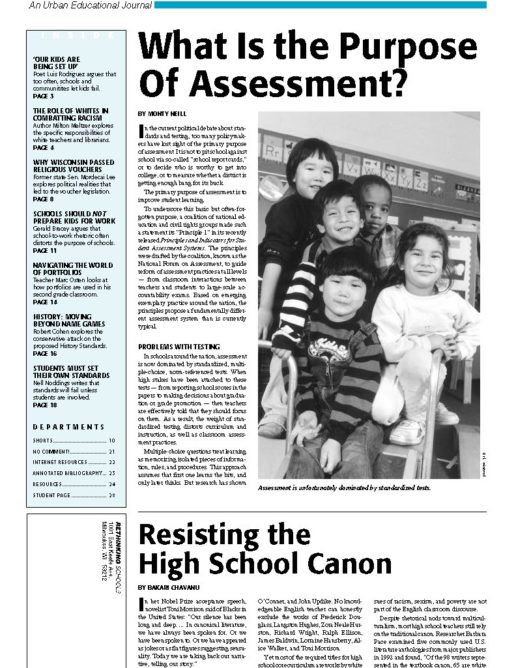Preview of Article:
Why the Wisconsin Legislature Approved Vouchers for Religious Schools
Mordecai Lee, vice-chairman of a coalition opposed to vouchers for religious schools (and a former state senator), analyzes the reasons his side lost this battle.

